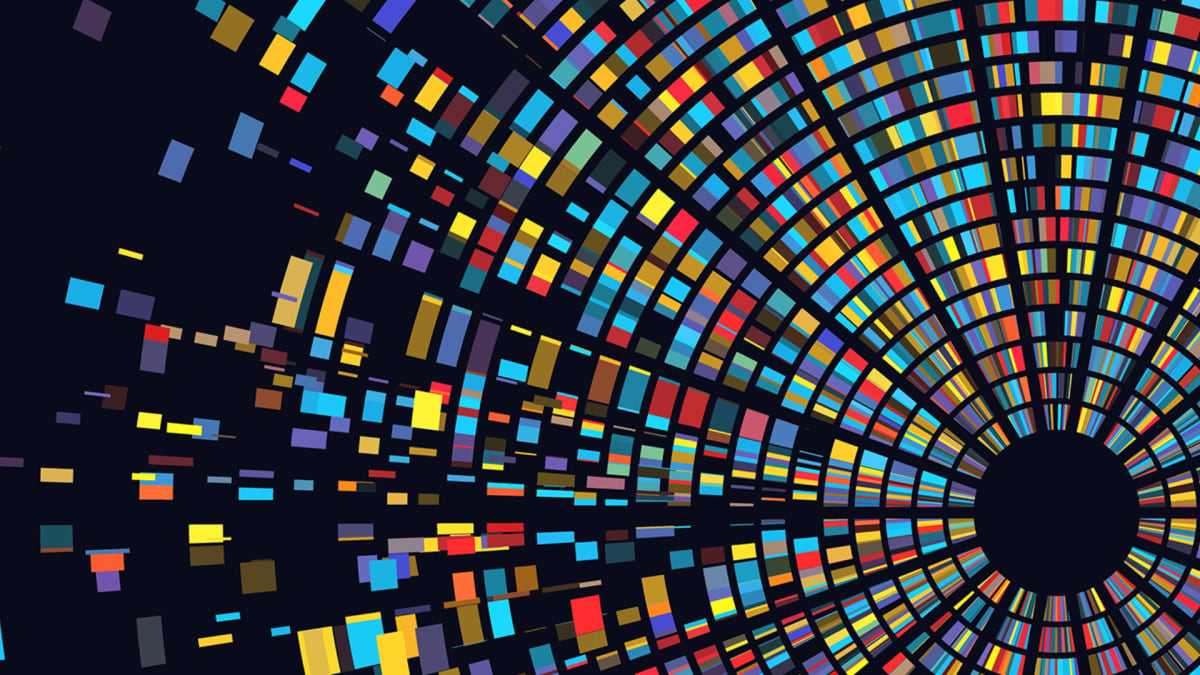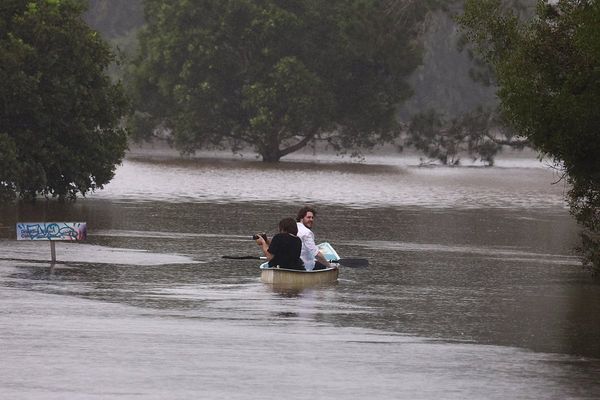
According to Custom Market Insights, the blockchain market is currently valued at $5 billion and is expected to hit $69 billion by 2030. Not all of this growth will come from areas typically associated with blockchain, such as digital finance. Instead, a set of non-crypto companies have started to use the technology to secure valuable data and assets.
Strong blockchain technology applications have a key similarity, according to Oxford’s Saïd Business School’s Blockchain Strategy programme. The data they secure and compute has real economic value. In other words, the network’s participants save or make money, which means they’re willing to pay a minor transaction fee to operate the platform.
To spark ideas for blockchain use cases in your sector, here’s a quick sampling of four companies pioneering value-driven applications: Maersk, Figure, Scribbles, and Codex.
Maersk: Optimizing Supply Chains
Controlling over 20% of shipped goods worldwide, Maersk is one of the largest container shipping companies in the world. But after a multitude of logistical problems--poor communication, limited visibility, and inefficient, paper-based systems--Maersk recognized that it could use blockchain to lower its administrative costs.
In 2018, IBM (IBM) and Maersk launched a proprietary blockchain platform, TradeLens, to record supply chain transactions. Now, Maersk’s supply chain managers use TradeLens’s distributed ledger to work with shipping companies, importers, suppliers, and agencies worldwide, automating filings, speeding up document approvals, and sharing data on shipments.
Figure: Finalizing Mortgages
Another industry with a history of complex transactions? Real estate. Much like products move through supply chains, mortgages change hands faster than one might think. In fact, 70% of all mortgages will switch owners--some within days of a bank finalizing the transaction, some multiple times over a mortgage’s decades-long lifecycle. These frequent transfers can trigger errors, and unfortunately, borrowers are most often the ones who lose out.
To address this issue, mortgage originator Figure launched blockchain-based mortgages that function much like NFTs, unique digital identifiers that prove ownership and authenticity. Figure’s system records where a mortgage originates and allows individuals to track a mortgage’s history of owners and transfers. As a result, the system speeds up transfers, saving time and value for borrowers and lenders alike.
Scribbles: Providing Digital Credentials
According to the New York Times, over 50,000 PhDs are purchased yearly from diploma mills. To combat fraud and ensure that digital learning experiences are just as recognized and accredited as their in-person counterparts, universities and e-learning providers have started experimenting with blockchain-based certificates.
Scribbles, for example, provides transcripts secured by blockchain to ensure the authenticity of K-12 records. Likewise, Credly offers digital badges that learners can share with employers or their networks. In both cases, network participants gain a tangible benefit: Learners hold a trusted certificate--and employers confirm that the salary they pay employees is well-spent.
Codex: Verifying Art Collectibles
Lastly, blockchain offers the art world a new way to protect art experts from purchasing forged objects. Previously, prolific forgers escaped discovery by cleverly faking an artwork’s provenance papers, which track a painting’s origin, lineage, and authenticity. One of the most prominent forgers of the 20th century, British artist John Myatt, used fake papers to bamboozle two of the finest art houses in London.
Codex registers art and collectables on a blockchain to eliminate paper-based loopholes. If art dealers want to ensure that a piece is authentic and trusted, they search the Codex Registry, which captures extensive data on all registered artworks. The process is relatively simple. After typing in an artwork’s title, creator, or registry number, a collector can view documentation, scroll through digital photos, and confirm its identity. As a result, art houses regain confidence in their items’ origin, and collectors ensure they purchase the right piece of art.
In each of these four use cases, the blockchain application provides its participants with real economic value. Maersk decreased the shipping industry’s administrative costs. Figure reduced losses in real estate. And Codex increased the art market’s integrity, security, and trust, thus mitigating expensive mistakes.
Therefore, as you envision your own blockchain use case, ask yourself: If you create a blockchain application, will participants pay to access its benefits?
To learn more about how to identify a suitable blockchain use case, check out Oxford’s Blockchain Strategy programme—a six-week masterclass designed for executives, entrepreneurs, and innovative professionals.







